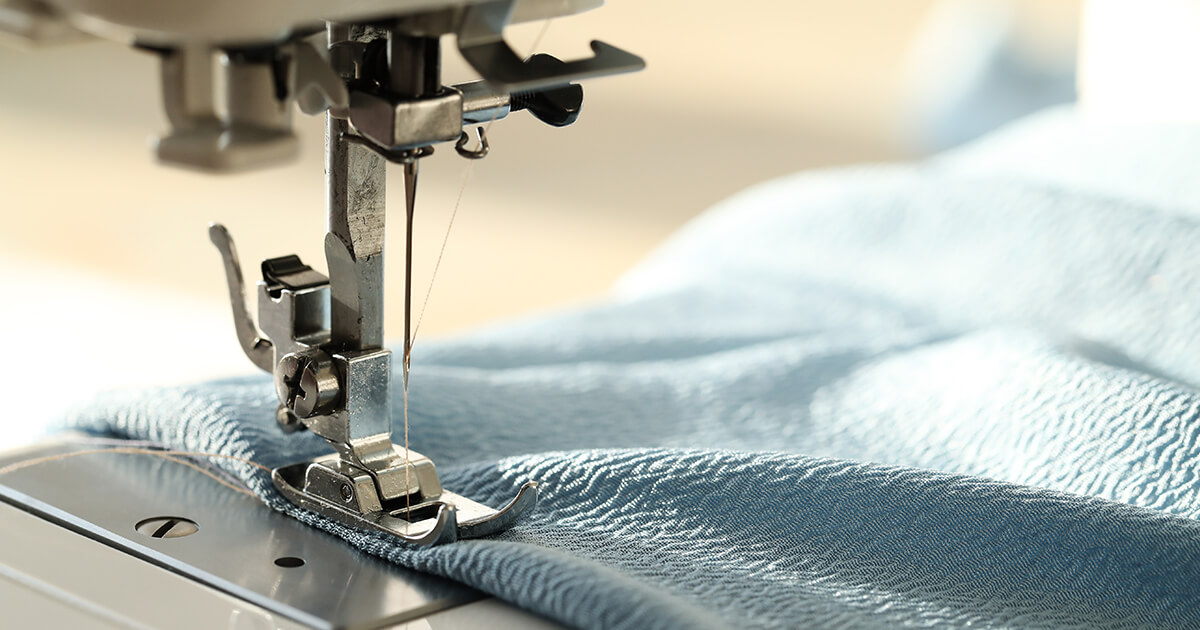The line where a series of layers of fabric are joined is called a seam. There are various characteristics of stitching that are essential for making a perfect garment. Stitching is created by sewing fabrics together or by joining fabrics in any other alternative way. The main goal of stitching is to make a seam with good appearance and quality performance, so that it conforms to standard quality and at a cheaper price. Sewing is an important thing in garment making.
Sewing Features
Good-looking seams mean that the stitches in the seam are correct and uniform in size and do not cause any damage to the fabric. In addition, the fabric along the seam line will remain smooth and free of gathers. Although gathers are not allowed in the seams, gathers are sometimes created in the seams to create designs. Various techniques have been adopted to make seams look good in fabrics of various types of fibers and their various structures. The appearance of the seams must be maintained during the use of the garments or during washing after the garments have been made.
The seam will be more perfect if it retains some of its properties when used in garments. The qualities of the stitches are for their strength, flexibility, durability, safety and any special properties of the fabric, e.g. waterproofing or flame proofing, etc. The required properties of seams are discussed below:
Seam strength
The seam strength should be equal to or slightly lower than the strength of the fabric. The strength of this seam should be applicable in both length and width. If the seam strength is greater than the fabric strength, the fabric may tear due to unexpected excessive force application, which we do not expect.
Elasticity
The fabric of the garment may stretch due to the application of force, then the seam will have to stretch with the fabric of the garment, and after the force is withdrawn, the seam will have to return to its previous position with the fabric. This means that the elasticity of the seam must be equal to or greater than the elasticity of the fabric. Otherwise, the thread in the seam may be cut. It should be noted that some fabrics or garments can stretch 100% or more.
Durability:
The seam should last at least as long as the garment or the fabric of the garment. Care must be taken to ensure that the seam is not damaged or destroyed by friction, especially during use and washing.
Safety:
Extra care must be taken when wearing the garment to ensure that the seam does not open and the thread does not break for normal reasons, otherwise an embarrassing situation may occur.
Comfort:
Some garments that cling tightly to the body, such as underwear, tights and bras, should be stitched this way to avoid discomfort or any other problems.
Special properties of sewing:
Some garments or fabrics are completely waterproof. During the sewing of these garments, if they are sewn with needle and thread, water can enter through the holes created by the sewing process, thus damaging the waterproof property of the garment. In such a case, the seam line must be sealed with tape or the holes created by the stitching must be sealed in some other way so that water cannot get in through these holes. However, if the seam is made in an alternative way, such as by welding, a good amount of water repellency is achieved.
There are some garments that have fire resistant properties. The sewing thread used to sew these garments must also be fire-resistant, otherwise the fire-resistant properties of the garment will be damaged.
Stitches can be of different types and these stitch types are sewn by different types of machines. If the same type of seams are sewn by different types of machines, there will be differences in the appearance and quality of the seams and in the production costs. The production plan is adopted according to the price and qualities of the garments and the types of sewing machines. To ensure the satisfactory appearance of the stitches, five factors – the type of stitch, the feeding mechanism of the sewing machines, needle size, thread type and size – are considered and carefully selected.


